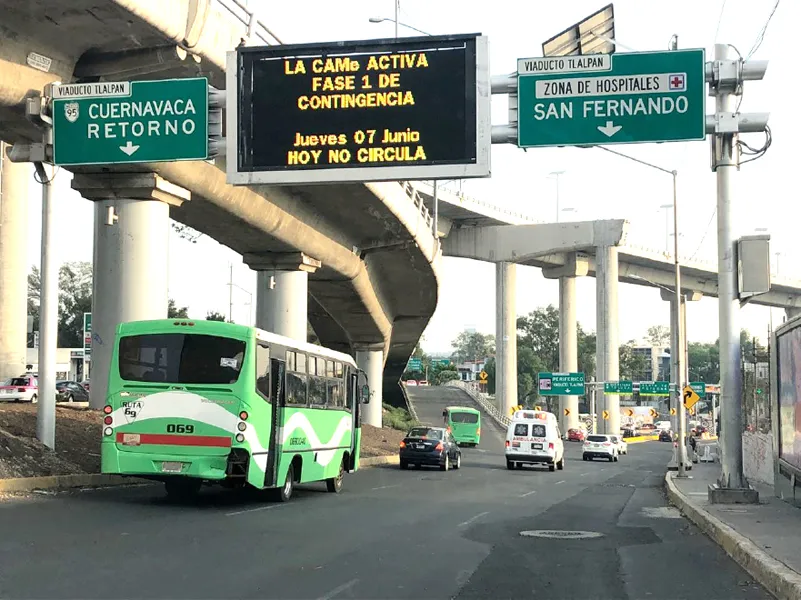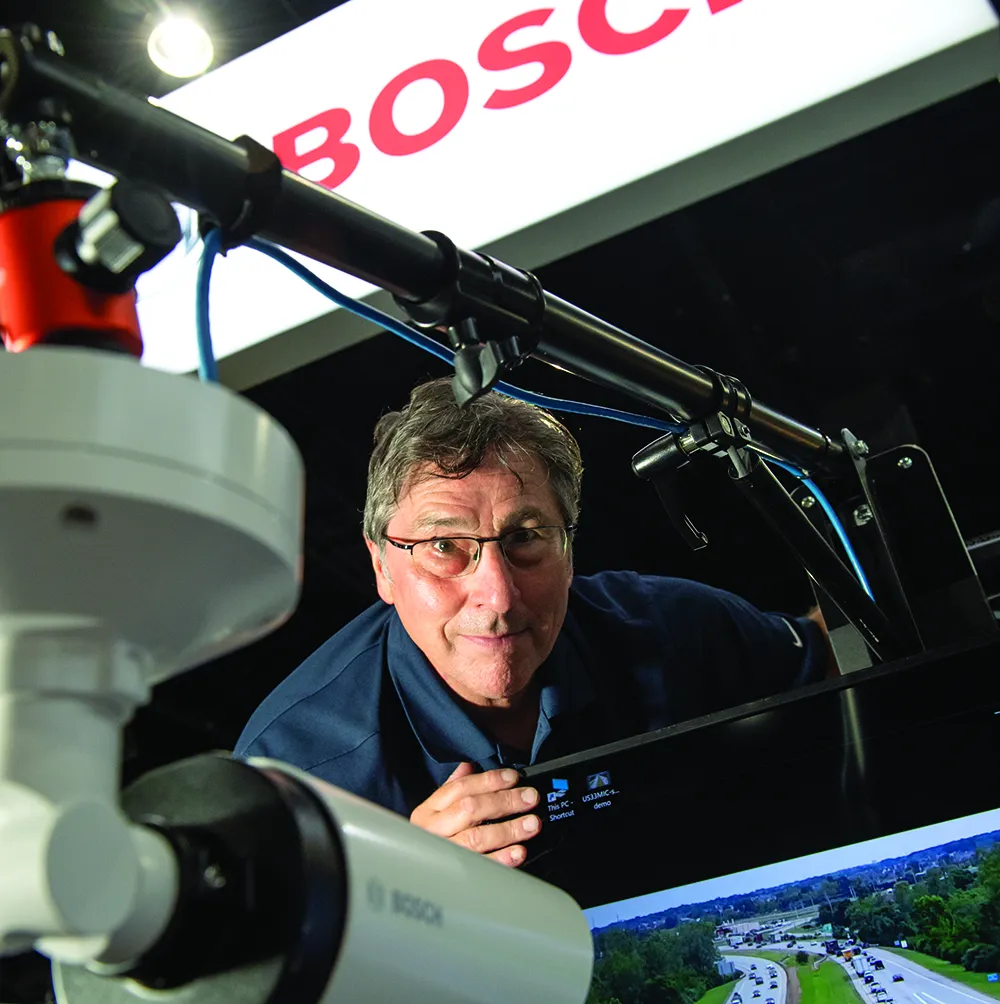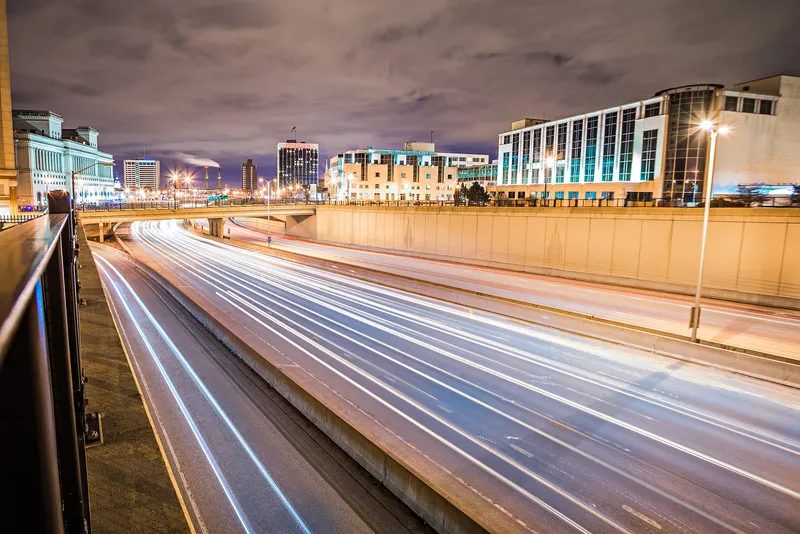
The Flir TrafiOne sensor uses thermal imaging to detect the presence of pedestrians and cyclists who are approaching or waiting at the curbside or who are actually walking on a street crossing. Thermal imaging sensors can see in total darkness, through shadows and sun glare, which helps provide reliable traffic detection 24/7. The TrafiOne can even be combined with rapid flashing beacons to help warn approaching drivers that a pedestrian is present in a mid-block intersection.
Optional Wi-Fi technology can be used to capture traffic flow data and by monitoring Wi-Fi Mac addresses of devices such as smartphones, TrafiOne can determine travel and route times along road segments.
Via Wi-Fi signal strength information the device can also measure queue delay times at intersections. “Flir TrafiOne will help traffic engineers to improve traffic flows in the city in unseen ways,” says Stefaan Pinck, vice-President worldwide ITS Sales at Flir. “Through data collected by the TrafiOne sensor, they will be able to adapt traffic signal schemes, reduce vehicle idling time, monitor congestion, enhance safety for vulnerable road users and measure travel and delay times for different transport modes.”
The information collected by TrafiOne can be accessed for further analysis by Flir’s cloudbased analysis platform. Smart analytics transform the data into useful traffic insights, which are critical to understanding road network performance and to taking extra measures where and when they are needed.










